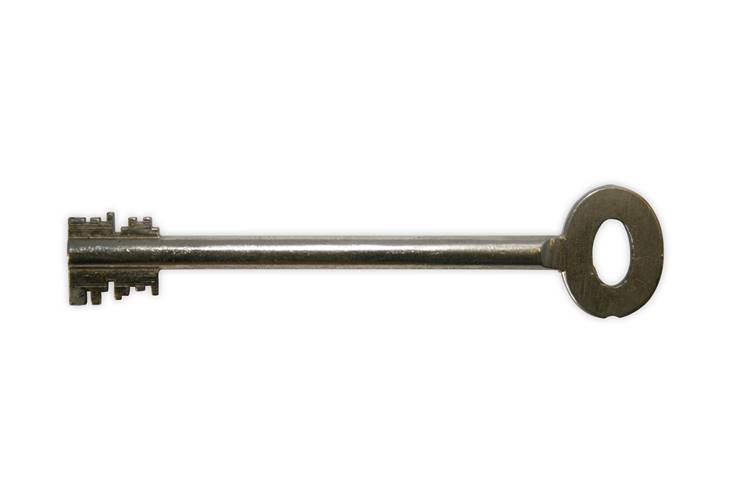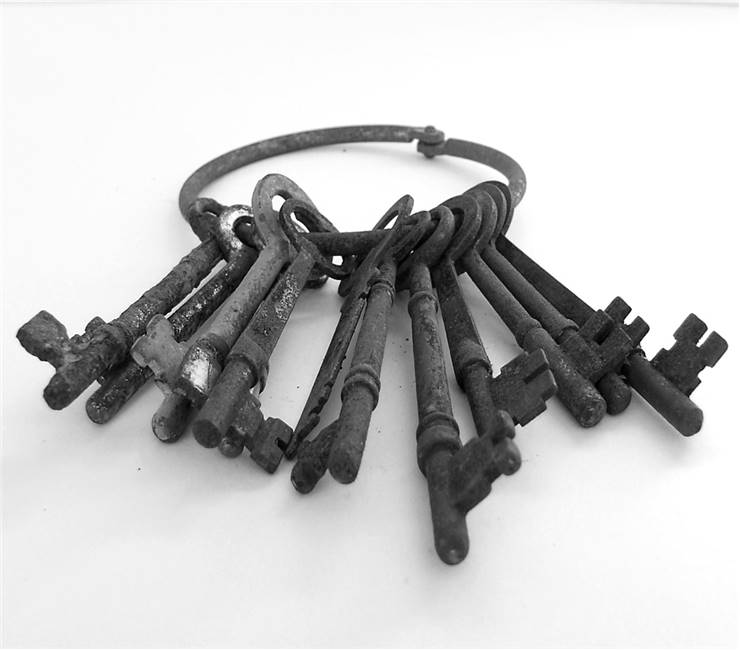History of Keys - Who Invented Keys?
Today, keys are one of the most commonly manufactured metal objects in the entire world, enabling us to live in the modern civilization that has many of its features safeguarded and locked behind billions of locks. They are easy to manufacture, small enough to be carried and offer intuitive (though imperfect) way of operating mass produced lock that guard our physical properties such as cars, buildings, doors, safes and more.
History of keys started at the same moment when first locks appeared in ancient Babylon and Egypt, some 6 thousand years ago. These simple wooden devices used small pins which were hidden in a small opening near the bolt. By using wooden toothbrush-shaped key, Egyptians could lift those small pins and unlock the blot. Sadly, this design had several disadvantages – both lock and key were made from wood (material that is very susceptible to external brute-force attacks) and the key itself was very bulky and heavy. The oldest examples of these ancient locks were found in ruins of the Assyrian palace of Khorasabad, in a biblical city of Nineveh. Those locks mechanisms were dated to 704 BC.

The next evolution of keys came in Ancient Rome, whose engineers and inventors managed to greatly improve upon the designs of Egyptian wooden locks. By using iron and bronze, romans were able to create much stronger and smaller locks, with keys that we light enough to be carried on person. As far as their form of the keys was concerned, one great invention changed their look forever. Introduction of wards into locks shaped the keys from large flat structures with pins on their end to the look of what we call today is “Skeleton key” – simple cylindrical shaft that has one single, thin and rectangular tooth (or bit). This design continued to be used for 17 centuries after the fall of Roman Empire, receiving only minor update in their looks (during all that time locksmiths were more focused on deceiving the thieves or making their work more tedious than innovating new safeguarding mechanisms). Skeleton keys can be found even today in houses that were built before 1940s.
Modern “flat keys” were first introduced to the public by Linus Yale, Sr and Jr. in mid 1800s. Bu using tumbler lock and more sophisticated way of regulating the pins, these flat keys become instant success across entire world. They were easy to manufacture, and thanks to invention of key cutting, easy to replicate in large numbers.
Today, majority of the locks in the world uses flat keys that activate mechanisms invented in 1800s - warded locks, lever tumbler locks and pin tumbler locks. Small amount of keys is based on magnetic signatures, which are most often used in public buildings (such as hotels), government facilities, scientific labs, and similar sensitive locations.


